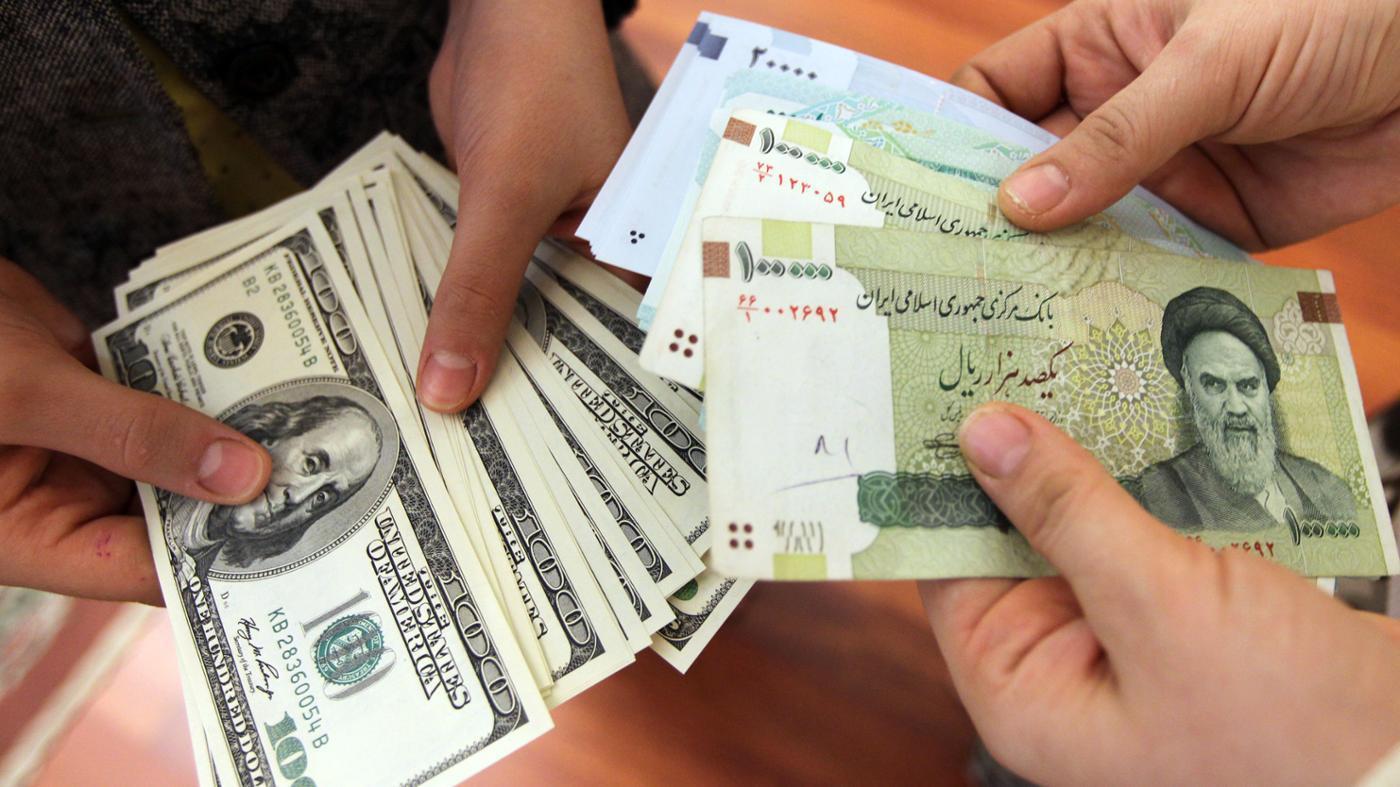The government's decision to change the current Iranian currency rial to toman by lopping off one zero is expected to have a short-term negative impact on foreign tourists that will gradually fade away.
Seyyed Mojtaba Mahmoudzadeh, a professor at Allameh Tabataba'i University, said the effect will be temporary and the move will eventually give rise to positive outcomes in the long run.
"Foreign tourists who exchanged 1 dollar for 35,000 rials and got an impression that travel to Iran would be very cheap with their money, will now receive a smaller figure in return which will weaken their initial perception," he was quoted as saying by ISNA.
The elimination of a zero from the unit will remove ambiguity about the national money, reduce tourists' confusion and facilitate calculations.
Mahmoudzadeh noted that like exports, tourism industry is dependent on the exchange rates rather than the monetary unit, and the plan will not have an effect on the number of inbound tourists. As for the exchange rates, the impact is minimal compared with other determining factors such as political and security conditions as well as publicity.
"In 2012, when the exchange rates grew and reached nearly 40,000 rials, the number of foreign tourists did not see a considerable increase because other parameters played a bigger role," he said.
The decision to change the monetary unit was made while ratifying the Central Bank of Iran's bill during the Cabinet meeting on Dec. 7, which was chaired by President Hassan Rouhani.
While rial has been used as Iran's monetary unit in official documents and budget statements, toman was being used more commonly in daily transactions by citizens. The government will send the bill to the parliament for the final approval.


